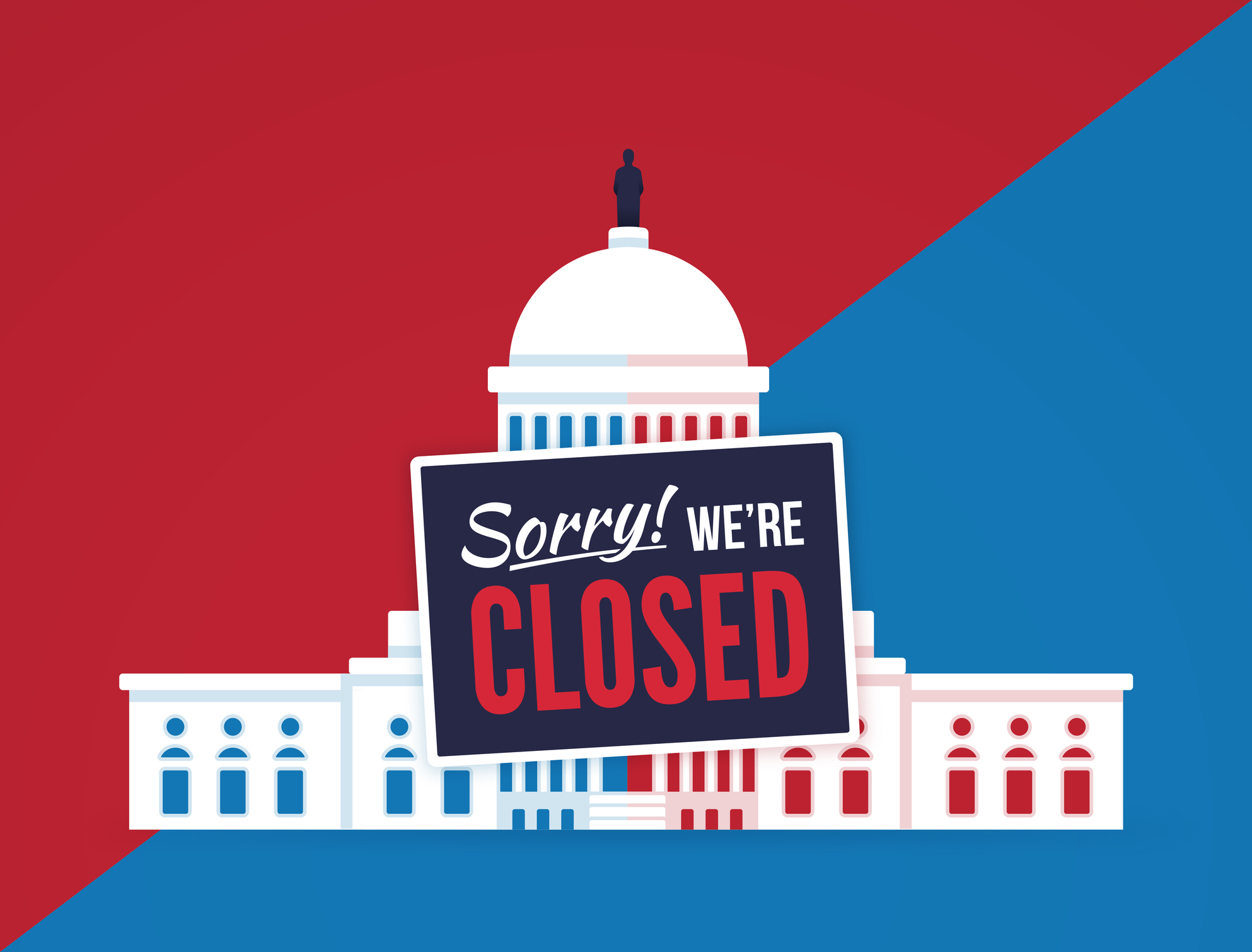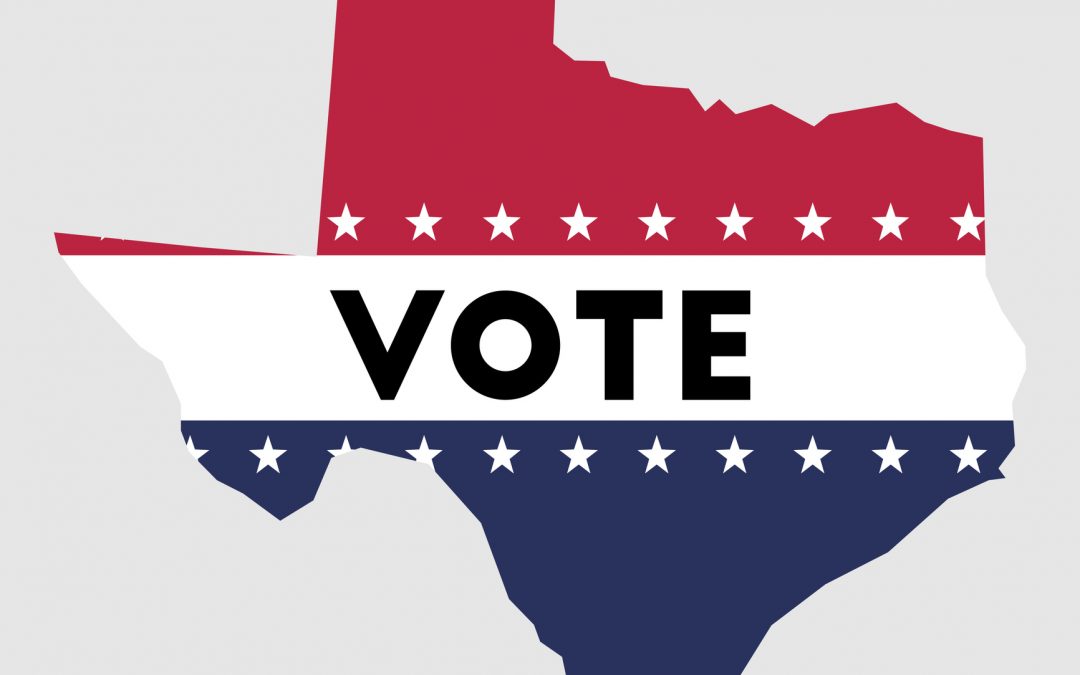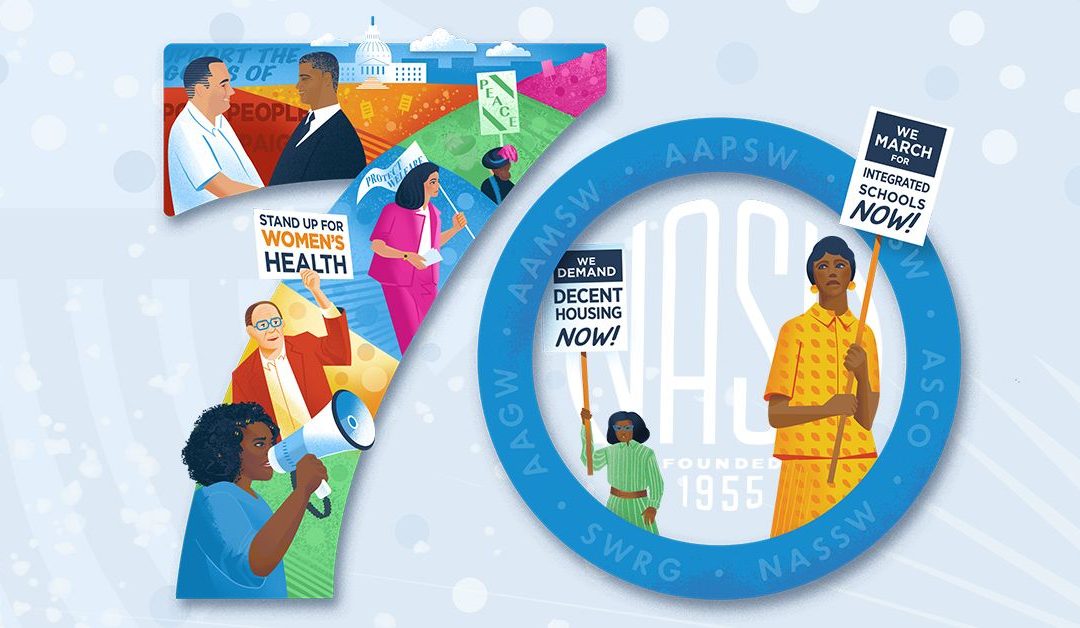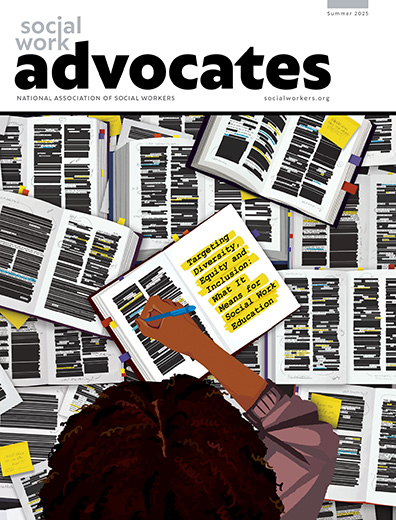By Mel Wilson, NASW Senior Policy Advisor
The country is in a second week of a federal government shutdown which stems from a budget dispute between the Congressional Republican majority and the Democratic minority. The Trump administration is the lead decision-maker for the Republican’s position in this dispute.
The impasse centers on the Democrats’ strong resistance to approving a federal budget that includes nearly a $1 trillion in cuts to Medicaid over a 10-year period. Trump and Republican leadership want to pass a temporary funding bill or continuing resolution before they discuss the Democrat’s demand for health care protections. Democrat leaders also object to a budget that allows enhanced Affordable Care Act (ACA) health care subsidies to be discontinued. These subsidies are set to expire at the end of 2025.
Government shutdowns driven by budget impasse between Congressional political parties are far from rare . However, the current shutdown has the markings of being a prolonged battle that is bound to hurt vulnerable and marginalized Americans. That is why this shutdown demands urgent attention and, in the long run, accountability. We are witnessing not just a partisan standoff but a high stakes struggle that could negatively impact the lives of millions of Americans who rely on federal food security programs, housing programs, and affordable, accessible health care.
This government shutdown is a substantial departure from shutdowns of the past. Not only in scope, but also due to the authoritarian, punitive tactics Trump and Republican leaders are using. The current shutdown is not just about ideology differences over the federal budget, but also Trump’s aggressive push to consolidate executive power and dismantle federal programs championed by Democrats, but he deems “nonessential.”
The administration’s approach is not just hardball politics. The reality is that whenever the opportunity presents itself, Trump seeks to send a message that touts his self-declared strength, and his willingness to use his strength to the break the will of the opposition.
The other challenging aspect of Trump approach to winning the shutdown battle is the administration’s decision to turn public opinion against the Democratic congressional minority by freezing or eliminating essential funds and programs in states with a majority Democrat population. The assumption of this tactic that citizens of these states will pressure Democratic leadership to abandon its support for the governmental shutdown.
This approach has been described as the administration’s plan to weaponize the shutdown and use it as an opportunity to greatly downsize the federal government. In fact, news reports say OMB Director Russell Vought has a proposal to:
- Accelerate mass layoffs. The idea of using a government shutdown as an opportunity to lay off federal workers beyond traditional furloughs is not theoretical. During this shutdown, OMB has taken specific steps that indicate this approach is actively being considered and even moving toward implementation. In fact, OMB Director Russell Vought has already taken steps to inform the Congressional Republicans that a OMB coordinated Reduction in Forces (RIF) is imminent. Given that currently 750,000 federal employees are on furlough due to the shutdown, at least 100,000 lose their jobs permanently. This unofficial estimate is based on the fact that the President Trump is on record as having explicitly stated that “vast numbers” of federal workers could be laid off permanently, not just furloughed.
- Purposely cutting or freezing already authorized funds in so-called Democrat states for infrastructure and renewable energy projects. For example, the Trump administration escalated the government shutdown fight by freezing $26 billion in federal funds earmarked for Democratic-leaning states, thus following through on his warning to use the shutdown to target political opponents. The freeze includes $18 billion for transit projects in New York and $8 billion for green-energy programs in 16 Democratic-run states, including California and Illinois.
- Cutting funding for Women, Infants and Children (WIC) feeding program. The Trump administration, particularly through OMB, has signaled that funding for the WIC program is at serious risk. This is planned with the knowledge that Vought, who is a key figure behind Project 2025, has been exploring massive funding cuts to federal programs the Trump Administration considers “Democrat Agencies,” including WIC. WIC serves about 6.6 million low-income women and children, providing access to nutritious food, infant formula, breastfeeding support, and health screenings. The administration confirmed that WIC could run out of funding within one to two weeks if the shutdown continues.
The shutdown of 2025 potentially has graver repercussions for Americans. What is certain is that national organizations with social justice, civil rights and human rights missions must recognize this moment in time for what it is: a manufactured crisis rooted more in solidifying an agenda of expanding executive power than negotiating a fair and equitable budget compromise that will end the shutdown.
Based on recent polls, most Americans believe that fighting for a national budget that fully funds Medicaid and extends the Enhanced ACA Health Care Subsidies is a worthwhile fight. We need bold leadership that centers compassion, equity, and justice, and refuses to use vulnerable Americans as bargaining chips.
A prolonged shutdown deepens systemic inequities and reinforces the cruel notion that some lives are more expendable than others. A government that shuts down its services is a government that shuts out its people – and that is not just unacceptable, it is un-American.
Additional Reading:
Telehealth Flexibilities: Attention Clinical Social Workers Who are Private Practioners (telehealth flexbility is tied to the continuing budget resolution)
Congress fails to Extend Medicare Telehealth Flexibilities by September 30 Continuing Resolution Deadline (telehealth flexibility is tied to the continuing budget resolution)




